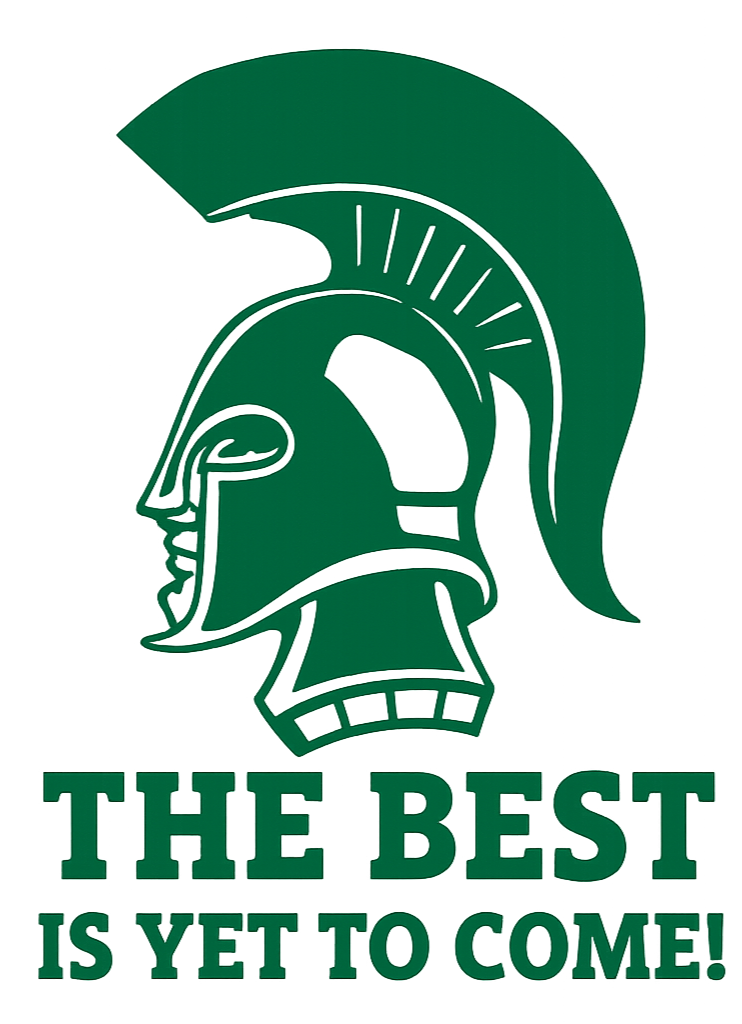Reyes Magos
By Julia Cain and Isabella Knight
On January 6, Mrs. Ernst, the Spanish teacher, celebrated Reyes Magos. If you have never heard of this holiday, in English, it means “The Three Kings” or “The Three Wise Men.” According to a Christian tradition, this was the day that Melchior, Caspar, and Balthasar came to visit baby Jesus and brought several gifts for him. These gifts were gifts of gold. The tradition from that day on is to get together and eat rosca bread with a small plastic figurine representing baby Jesus inside, and whoever gets the baby in their bread will host a party in February.
When Mrs. Ernst’s Spanish IV class participated in this event, they had two winners. Alexandra Herr and Ben Daugherty. This meant that they had to plan a fiesta for their class. There are many other traditions that Latin culture celebrates as well. For example, in most Latin American countries, Three Kings Day is observed as a national holiday celebrated with larger-than-life parades. Celebrations in Puerto Rico often include parades, with three men dressed as the Wise Men, and music and dancing. Also, many families leave a box of grass or hay and some water for the Three Kings' camels, horses, and elephants to eat. The camels usually leave a trail of hay behind that children can follow to find their gifts.
To conclude, this holiday is very important to Latin and Hispanic communities. Even though we may not know that much about it, it’s still very interesting and important to learn what other cultures celebrate. It’s also fascinating to learn the history behind it and how they still celebrate it it to this day.


